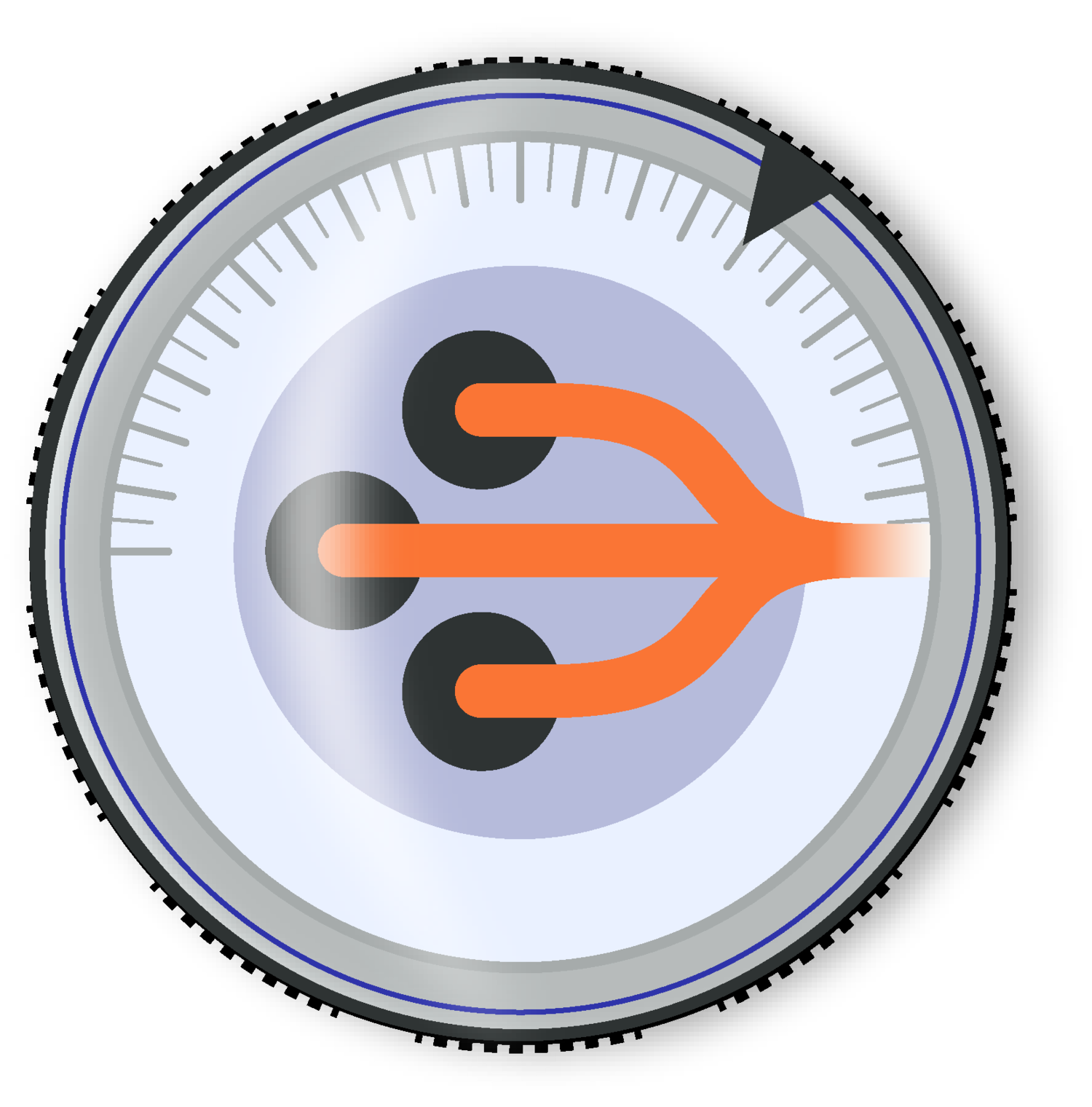Open-Loop Lethality
Building off our discovery of the transcriptional accelerator circuit (Teng et al. Cell 2012), we showed these feedback circuits could be drugged to generate escape-resistant antivirals via “open-loop lethality” (Chaturvedi et al. Cell 2022), a new antiviral concept.
Fundamentally, like electrical circuits, biological signaling circuits typically must trade-off between speed and amplitude, where a faster rate of initial increase is often obtained at the expense of a higher steady-state level. This tradeoff creates an evolutionary pressure when rapid signaling is essential but the output is cytotoxic—as with inflammatory cytokines, many viral systems and even the fever response. It was unclear how biological systems dealt with this tradeoff. In human cytomegalovirus (CMV)—the leading known cause of birth defects and transplant failures—we found that the transcriptional ‘accelerator’ circuit overcomes the rate-vs.-level tradeoff. The accelerator is an ultra-high-cooperativity negative-feedback circuit mediated by CMV’s master-regulator IE2 protein (which is also highly toxic) auto-repressing its own promoter.
This accelerator represents a novel antiviral target—the first in decades for herpesviruses—and our group identified ‘feedback disruptors’ that break homeostasis leading to “open-loop lethality” in infected cells (Chaturvedi et al. Cell 2022). These circuit-disruptor molecules are first-in-class antiviral candidates that have an exceptionally high genetic barrier to the evolution of resistance – to escape, the virus must simultaneously mutate both cis and trans elements to reconstitute a feedback loop.
Feedback disruptors address a significant and urgent medical need as current CMV antivirals exhibit substantial dose-limiting toxicities and are resistance prone.
a. Chaturvedi S … Weinberger LS. Disrupting autorepression circuitry generates ‘open-loop lethality’ to yield escape-resistant antiviral agents. Cell (2022) PMCID: PMC35561685
b. Teng MW, Bolovan-Fritts C… Weinberger LS*. An endogenous accelerator for viral gene expression confers a fitness advantage. Cell. (2012) Dec 21;151(7):1569-80. PMCID: PMC3552493.
c. Pai A, Weinberger LS*. Fate-Regulating Circuits in Viruses: From Discovery to New Therapy Targets. Annu Rev Virol. (2017) Sep 29;4(1):469-490. PMCID: PMC5940329
d. Vardi N & Weinberger LS*. Feedback-mediated signal conversion promotes viral fitness. Proc Natl Acad Sci U S A. (2018) Sept 11;115(37):E8803-E8810. PMCID: 30150412

